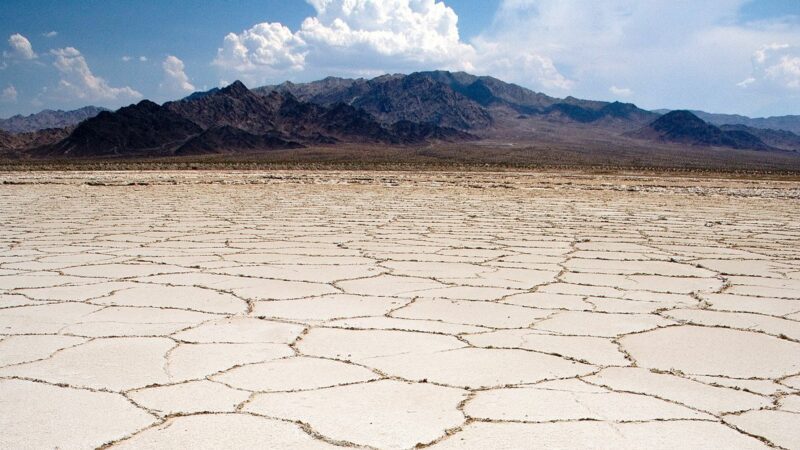Extreme Weather in California and Climate Change: Droughts and Flooding
California was in drought from 2006-2009, and then again for another three years, from 2011 to 2014. Los Angeles and much of Southern California continued to be dry from 2016-2017. During these long years, the Southern California region learned to rely more on highly treated wastewater for recycling and began to scale up local stormwater capture projects. Even as the 2018-2019 rainy season progresses, with higher than average precipitation and colder temperatures with substantial snowpack, San Diego County and parts of Riverside and Orange County remain in moderate drought with much of the state still abnormally dry.
Weather in California has always been highly variable in terms of precipitation, temperature, size of storms and wind events. In the 2011-2014 statewide drought, climate scientists detected a “climate change” thumbprint on the drought. This means that high temperatures in the Sierras during winter, influenced by climate change, produced rain rather than snowpack. Higher temperatures and rain resulted in much runoff evapotranspiration by plants. There was no spring snowpack to get California through the dry months and future dry years. Thus, the Governor declared a drought emergency and required every major water provider to put into place water use restrictions and conservation incentives.
As time goes on, Californians can expect more extreme weather events: long dry periods, heat waves, low precipitation followed by more severe storms and flooding and storm surge. There will be less snowfall and less storage of water as snow as temperatures rise.
Unless Californians can capture and store more stormwater in groundwater basins and reservoirs during high precipitation years to save for dry seasons and dry years, groundwater levels will continuously decline and California will lose much of its water bank, creating chronic water shortages.
Extreme Weather Research Links
Planning for Extreme Weather
California Drought Planning Resources
The California State Water Action Plan
Groundwater Management and Seawater Intrusion
Water and Weather Data
The UCLA Drought Monitoring System for California and Nevada
The National Drought Mitigation Center, US Drought Monitor
The National Drought Mitigation Center, Monitor Drought Weekly Comparison Slider
Water Conservation
California Reservoirs Information
California Consumer Water Conservation Information
The California Water Conservation Portal: Law, Policy and Data
Local Water
Recycling Projects:
• California Association of Sanitation Agencies (CASA)
• The Regional Recycled Water Program
• Water Independence Now (WIN) program
Water Education and Conservation Speaker Resources
Are you interested in being educated about water and what we can do to make water conservation a way of life? Want a speaker for your class, your company or your club? Here are some resources:
Metropolitan Water District Speaker Requests
Contact: Steve Hines 213-217-6583 shines@mwdh2o.com
Los Angeles Department of Water and Power (City of Los Angeles) Speakers Bureau
Water Replenishment District of Southern California (Southeastern and South Bay LA County)
See Service Area here for organizations and schools in this area
Contact: Angelina Mancillas, Government Affairs Representative, 562-275-4231, AMancilllas@wrd.org
Bilingual Speakers Available
For speakers contact: www.sgvwa.org

